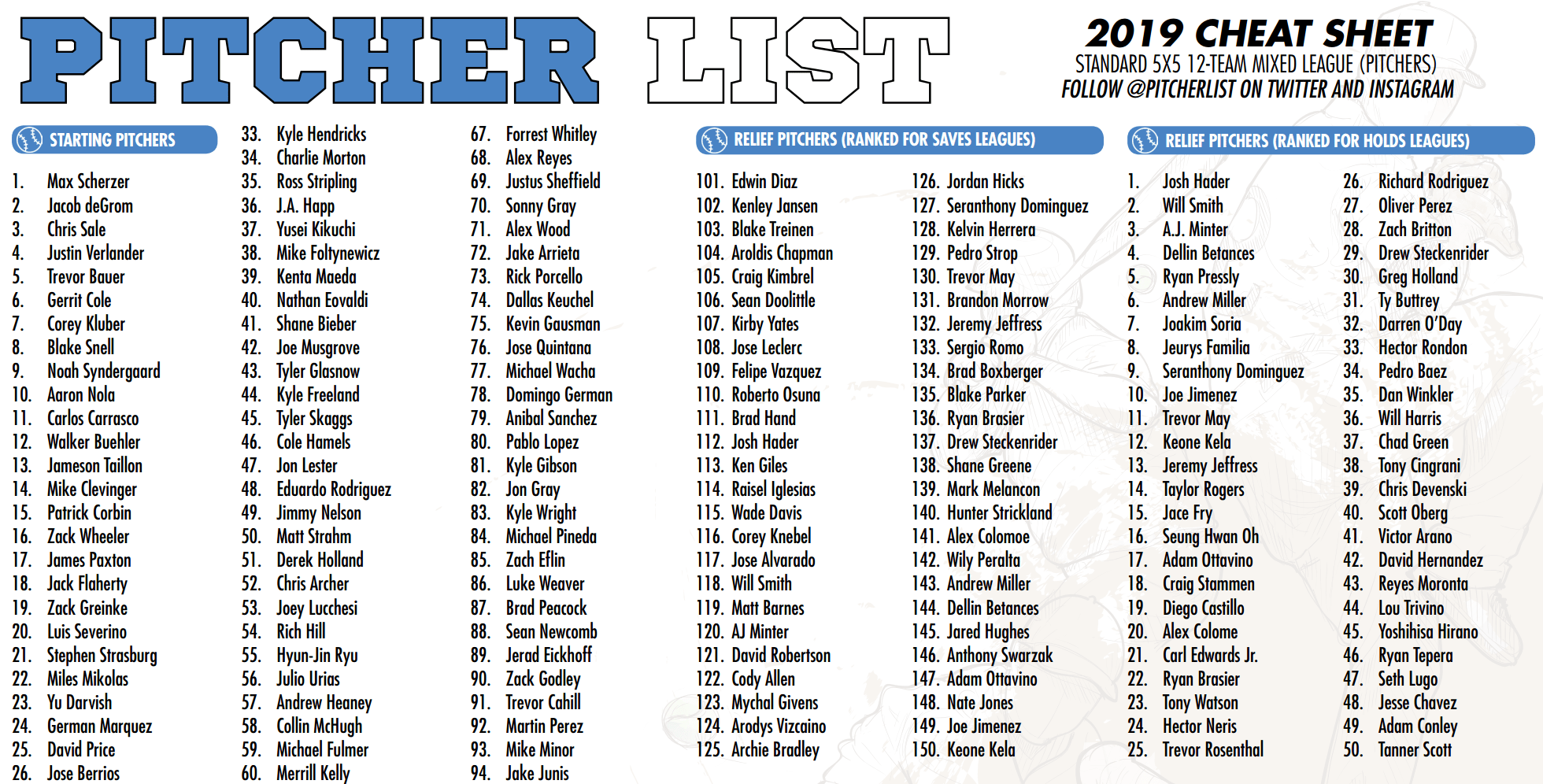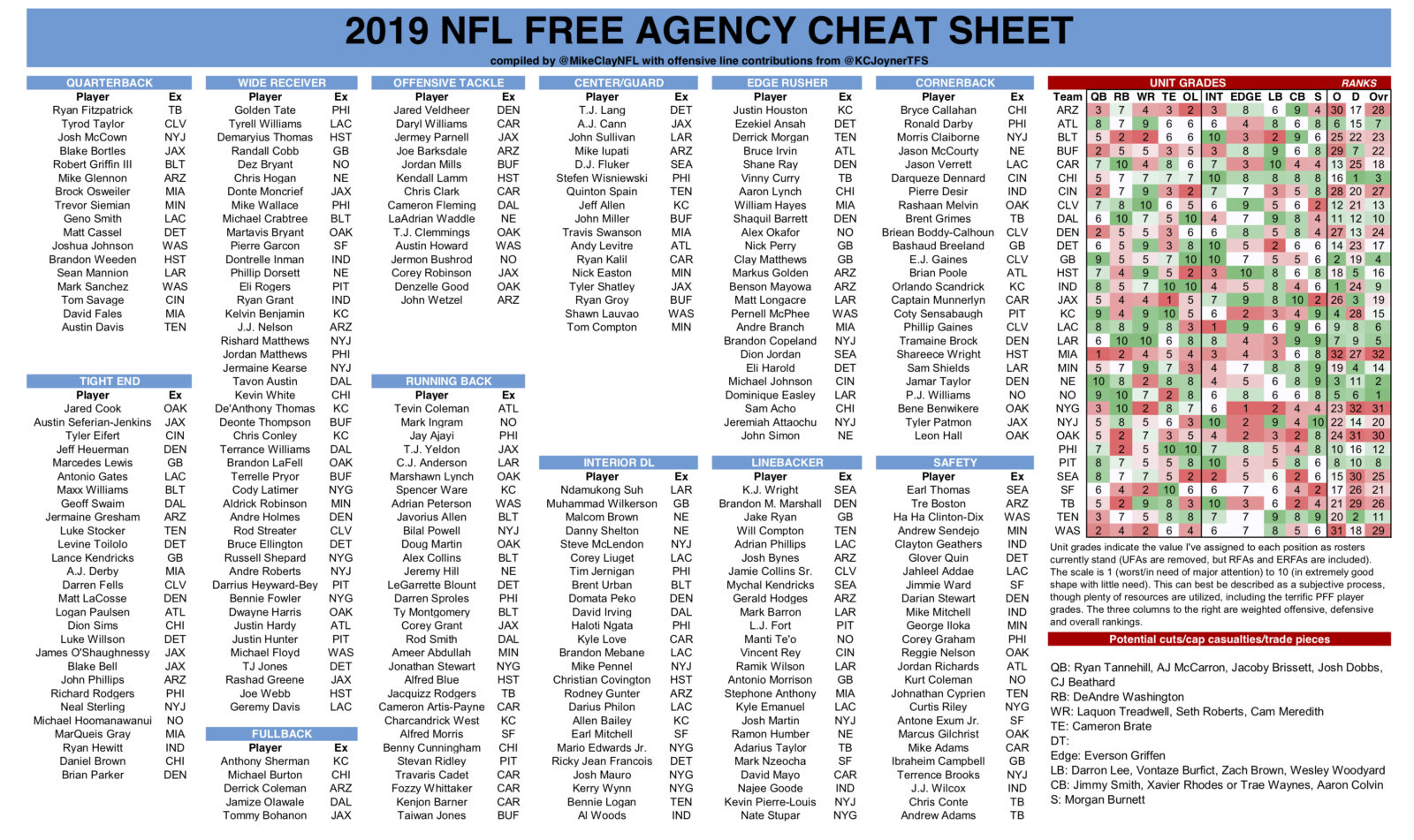So, you're staring at your fantasy baseball draft board, a swirling vortex of names, stats, and the weight of your league's expectations. It's like choosing players for a real MLB team, except you don't have millions of dollars and a scouting department. Just you, your wits, and this overwhelming feeling that you're about to make a colossal mistake. Don't panic. We're about to dive deep into the art of the MLB fantasy draft by position, a strategy that can transform your draft from a nail-biting experience to a calculated masterpiece.
Imagine building a house. You wouldn't start with the roof, would you? Similarly, drafting a fantasy baseball team requires a structured approach, focusing on positions and understanding their relative value in your specific league settings. This is where drafting by position comes in. It's a method of prioritizing which positions to target in each round, based on scarcity, projected performance, and your league's scoring system. Think of it as your blueprint for building a championship-caliber fantasy squad.
The concept of drafting by position isn't new. It evolved alongside fantasy baseball itself, as players realized that simply picking the best available player regardless of position often led to unbalanced rosters and missed opportunities. As fantasy baseball gained popularity and became more sophisticated, the strategic importance of positional drafting became clearer. Today, it's a cornerstone of successful drafting.
One of the main challenges in MLB fantasy drafts is navigating the positional scarcity landscape. Some positions, like catcher and shortstop, are notoriously thin on high-performing players. This makes them prime targets in the early rounds. Other positions, like outfield and first base, often have a deeper pool of talent, allowing you to wait a bit before filling those slots. Understanding these positional nuances is crucial to maximizing your draft value.
Let's illustrate with a simple example. Imagine your league awards points for home runs. You might be tempted to grab a power-hitting first baseman early on. But if catchers are scarce in your league and a top-tier catcher is available, it might be a wiser move to secure that position first, even if the catcher doesn't project quite as many home runs. The relative scarcity of a top catcher makes him more valuable in this scenario.
Benefits of positional drafting include: Balanced Roster Construction, Targeted Scarcity Exploitation and Optimized Value Acquisition.
Action Plan: Analyze your league settings, Identify positional scarcity, Create a tiered ranking system, Adapt to the draft flow, and Review and refine your strategy.
Advantages and Disadvantages of Drafting by Position
| Advantages | Disadvantages |
|---|---|
| Helps build a balanced roster | Can lead to missing out on top overall talent if rigidly adhered to |
| Allows for strategic targeting of scarce positions | Requires in-depth knowledge of player projections and positional depth |
| Maximizes value by drafting players at their appropriate round | Can be less flexible than a purely best-player-available approach |
Best Practices: Prioritize scarce positions, Understand your league's scoring system, Be flexible and adapt, Track roster construction throughout the draft, and Don't reach for players.
Real Examples: A team prioritizing a top-tier catcher in round 3, Waiting on first base until the middle rounds due to depth, Targeting a high-upside shortstop in round 2, Drafting a closer in the later rounds in a saves-heavy league, Selecting a power-hitting outfielder in the early rounds of a home run-focused league.
FAQ: What is positional scarcity? When should I draft a catcher? Is it okay to reach for a player? How do I adjust my strategy based on other teams' drafts? What resources can help me with positional rankings? What if my league uses a different scoring system? How important is it to consider injuries when drafting? What is a mock draft and how can it help me?
Tips and Tricks: Use a cheat sheet. Participate in mock drafts. Stay updated on player news. Consider positional depth. Don't be afraid to take risks.
Drafting your fantasy baseball team by position is like conducting an orchestra. Each instrument, each player, plays a vital role in creating a harmonious and winning symphony. It's not just about picking the best individual players; it's about strategically assembling a balanced and powerful team that can dominate the competition. By understanding positional scarcity, exploiting your league's scoring system, and adapting to the ebb and flow of the draft, you can transform your draft from a chaotic scramble into a calculated masterpiece. So, embrace the challenge, do your research, and prepare to conquer your MLB fantasy draft. The championship trophy awaits.
Remembering mary johnson a life celebrated
The enduring appeal of the carhartt womens quarter zip
Unlocking your pontiacs secrets the ultimate guide to vin number lookups
Fantasy Baseball Dynasty Rankings 2024 Printable - Khao Tick On
Mlb Draft Tracker 2024 Espn - Khao Tick On
First Pick In Nba Draft 2024 - Khao Tick On
Fantasy Baseball Cheat Sheets Printable - Khao Tick On
Fantasy Football 2024 Adp Rankings - Khao Tick On
mlb fantasy draft by position - Khao Tick On
Espn Fantasy Football Auction Values 2024 - Khao Tick On
Fantasy Football Rankings 2023 Printable List - Khao Tick On
Chia sẻ hơn 69 về MLB draft guide hay nhất - Khao Tick On
Fantasy Football Rankings Half Ppr Printable - Khao Tick On
Top Fantasy Draft Picks For 2025 - Khao Tick On
2024 Fantasy Baseball Draft Results - Khao Tick On
2024 Fantasy Baseball Rankings Printable 2024 - Khao Tick On












